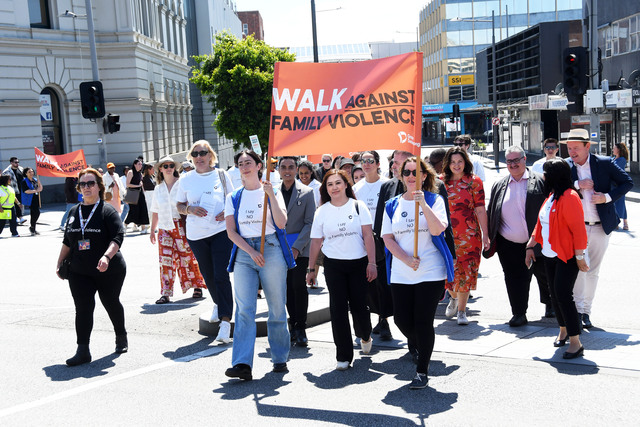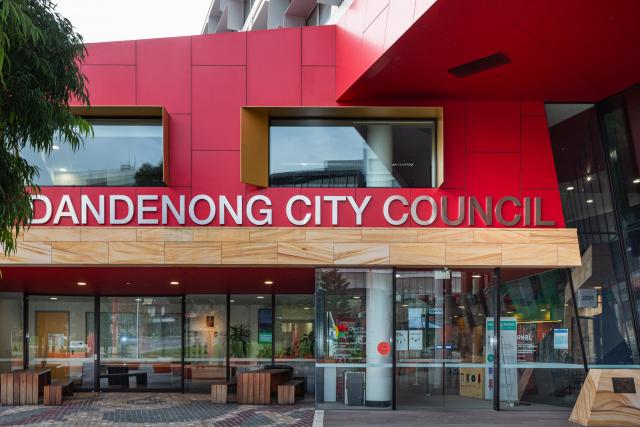Volunteerism is not in decline but it’s in transition – and needs to be more flexible, inclusive and digital, according to a Volunteering Victoria report.
“Our lives are lived digitally now,” says VV chief executive Geoff Sharp.
“But volunteering is still analogue.”
A staggering 3.3 million Victorians – almost 60 per cent of the population over 15 years old – volunteer on average 18 hours a month.
Collectively, they give more than 732 million hours of their time. Based on minimum wages, that’s at least $18 billion in donated time.
Sharp said there’s a lot of change of the volunteering sector – who volunteers and when and how they volunteer.
According to VV’s latest State of Volunteering report, it is young Victorians aged 15-24 years that lead the way, with the highest rate of volunteerism (69.4 per cent).
For youths, the most common motivation was a desire to give back.
This is despite barriers like study and work demands, financial pressure, transport limitations and some elders questioning their commitment.
Being most digitally fluent, young people are part of the push for more online volunteering opportunities.
Another high-volunteering cohort were culturally and linguistically diverse (CALD) communities (71 per cent) – despite facing higher costs and barriers.
“There’s a really strong sense that there are people from CALD communities that would never all what they are doing is volunteering,” Sharp says.
“It’s nothing official, it’s just part of their identity and part of belonging.”
Across all ages over 15, the average volunteering rate was 58.9 per cent. This is about 500,000 volunteers short of the national rate (64 per cent).
For Sharp, making it easier to sign up as a volunteer is one focus, with 50 per cent of non-volunteers at least thinking about chipping in. Another is how organisations can retain them.
“A lot of people are not struggling to find volunteers but are finding it harder to keep them.
“We’ve got to focus on how do we sustain them and give them fresh opportunities.
“People want to know what they’re doing is having a real impact – how is what they’re doing making the world a better place.
“They don’t want to spend the next four years sweeping floors to graduate to washing teacups and then another four years to work in the office.”
Volunteer groups also need to embrace online recruitment and encourage digital participation.
Processes such as Working With Children Checks should be made as simple as possible, and out-of-pocket expenses should be reimbursed, Sharp said.
Volunteers want more flexible, shorter hours, and they expect to be well resourced – not having to fundraise for the required equipment.
During Covid, volunteers were moving from formal volunteering due to barriers such as social distancing requirements, vaccine mandates and lockdowns.
More were opting for more informal volunteering – such as helping out neighbours with grocery runs or putting their bins out.







